Cervical Spine Pain Relief: 3 Effective Exercises

Would giving your child a piggyback, give you neck pain? Then this article is for you.
Research shows that exercises help neck pain. [1] But which neck exercises are most helpful for your cervical spine pain (neck pain)?
In this issue of Bodi Empowerment, I show you three exercises to help your cervical spine pain. These exercises are a modification of the McKenzie exercises that I have found helpful for your cervical spine.
See Also: The 5 Best Exercises For Your Stiff Neck
Relieving Neck Pain: Understanding the Role of Postural Stress
Neck pain often stems from overstretched ligaments induced by prolonged postural stress. Over time, poor posture incrementally elongates ligaments, leading to the onset of pain.
If unaddressed, this prolonged stress extends to the muscles in the back of your neck and upper back, causing tightness. Simultaneously, the muscles at the front of the neck weaken, creating a muscle imbalance.
1. Chin Tucks For Cervical Spine Pain
One effective method to counteract the stress on ligaments and muscles is to incorporate the double chin exercise into your routine. This targeted exercise aims to alleviate tension, promote balance, and contribute to overall neck health.
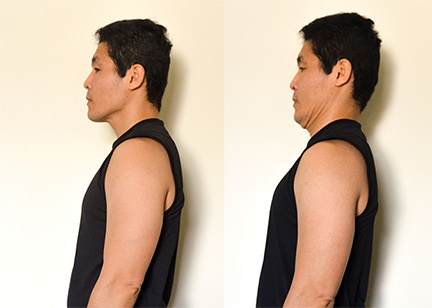
The chin tuck, also known as a “double chin” exercise, is a simple and effective movement aimed at strengthening the muscles at the front of your neck while promoting proper neck alignment. Here’s how to perform a chin tuck:
- Sit or stand with good posture: Maintain an upright position with your shoulders relaxed and your spine straight.
- Gently nod your head: Begin by lowering your chin towards your chest in a nodding motion. Imagine creating a double chin by bringing the front of your neck backwards.
- Avoid tilting or rotating: Keep the movement isolated to the nodding motion without tilting your head forward or backwards. The goal is to slide your head directly backwards.
- Hold the position briefly: Once your chin is tucked, hold the position for a few seconds, feeling a gentle stretch along the back of your neck.
- Return to the starting position: Slowly return your head to the neutral position, maintaining the awareness of good posture.
- Repeat: Perform the chin tuck for a series of repetitions, gradually increasing as your muscles become accustomed to the exercise.
The chin tuck is a subtle yet impactful exercise that helps counteract the effects of prolonged forward head posture.
2. Look Up! (Sitting Extension) For Cervical Spine Pain
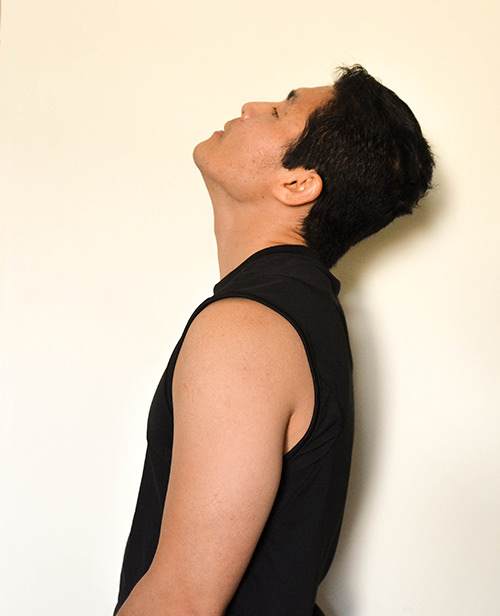
The Retraction Extension McKenzie exercise, also known as the “McKenzie chin tuck with extension,” is a therapeutic movement designed to alleviate neck pain and improve posture. Here’s a step-by-step guide on how to perform this exercise:
- Starting Position:
- Begin in a seated or standing position with an upright posture. Ensure your shoulders are relaxed, and your spine is straight.
- Chin Tuck (Retraction):
- Start by gently tucking your chin towards your chest, as if creating a double chin. Focus on sliding your head backwards without tilting or rotating.
- Hold Chin Tuck:
- Hold the chin tuck position for a few seconds, feeling a mild stretch along the back of your neck. This initial phase is the retraction component of the exercise.
- Extension:
- After holding the chin tuck, smoothly transition into the extension phase. Lift your head upward and backwards while keeping your chin tucked. Aim to extend your neck without straining.
- Look Upward:
- As you extend your neck, allow your gaze to move upward. Ensure that the extension is controlled and remains pain-free.
- Hold Extension:
- Maintain the extended position for a few seconds, feeling a gentle stretch along the front of your neck.
- Return to Neutral:
- Slowly return your head to the neutral position, bringing it back to the starting point.
- Repeat:
- Perform the Retraction Extension McKenzie exercise for a series of repetitions. Gradually increase the number of repetitions as your neck becomes accustomed to the movement.
This exercise is part of the McKenzie Method, an approach that aims to centralize or alleviate pain by promoting specific movements. The Retraction Extension exercise helps improve the mobility of the cervical spine, reduce neck pain, and encourage a more neutral neck posture.
3. Neck Rotations For Cervical Spine Pain
Cervical spine pain comes from different sources including ligaments, muscles and discs as I have mentioned above. When you have no more pain or very little pain you can increase your range of motion in rotation.
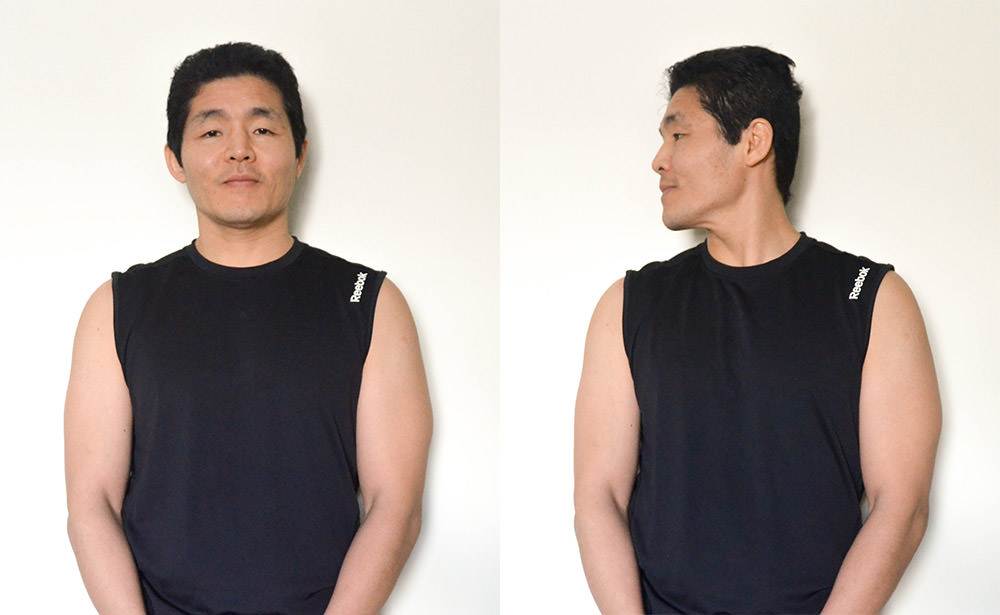
- Sit down and do a double chin and keep that position as you do this exercise.
- Turn your head as far right as you can go. Now turn your head as far left as you can go
- If you get pain continue on the side of pain. Yes, rotate your head into the pain. Not hard. Just a little bit into the pain
- Your cervical spine pain should decrease
- If the pain increases switch sides and continue only on that side.
Feel free to share your questions thoughts and experiences in the comments below, and don’t forget to connect with us on Facebook for more updates and tips on improving your health. We’d love to hear your opinions on who you consider the best Toronto chiropractor.
1. Bronfort G, Evans R, Anderson AV, et al. Spinal manipulation, medication, or home exercise with advice for acute and subacute neck pain. Annals of Internal Medicine. 2012; 156(1):1–10.
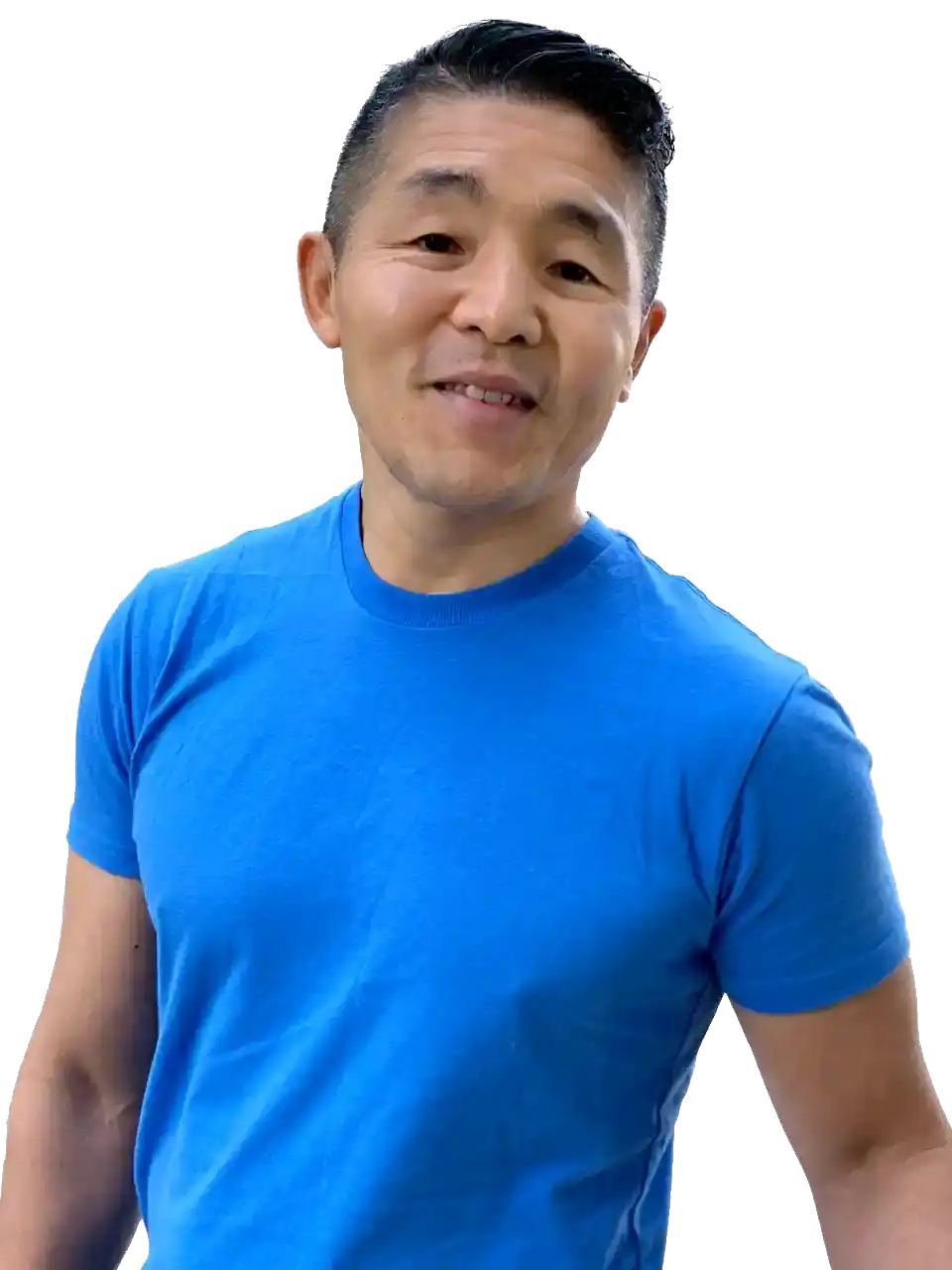
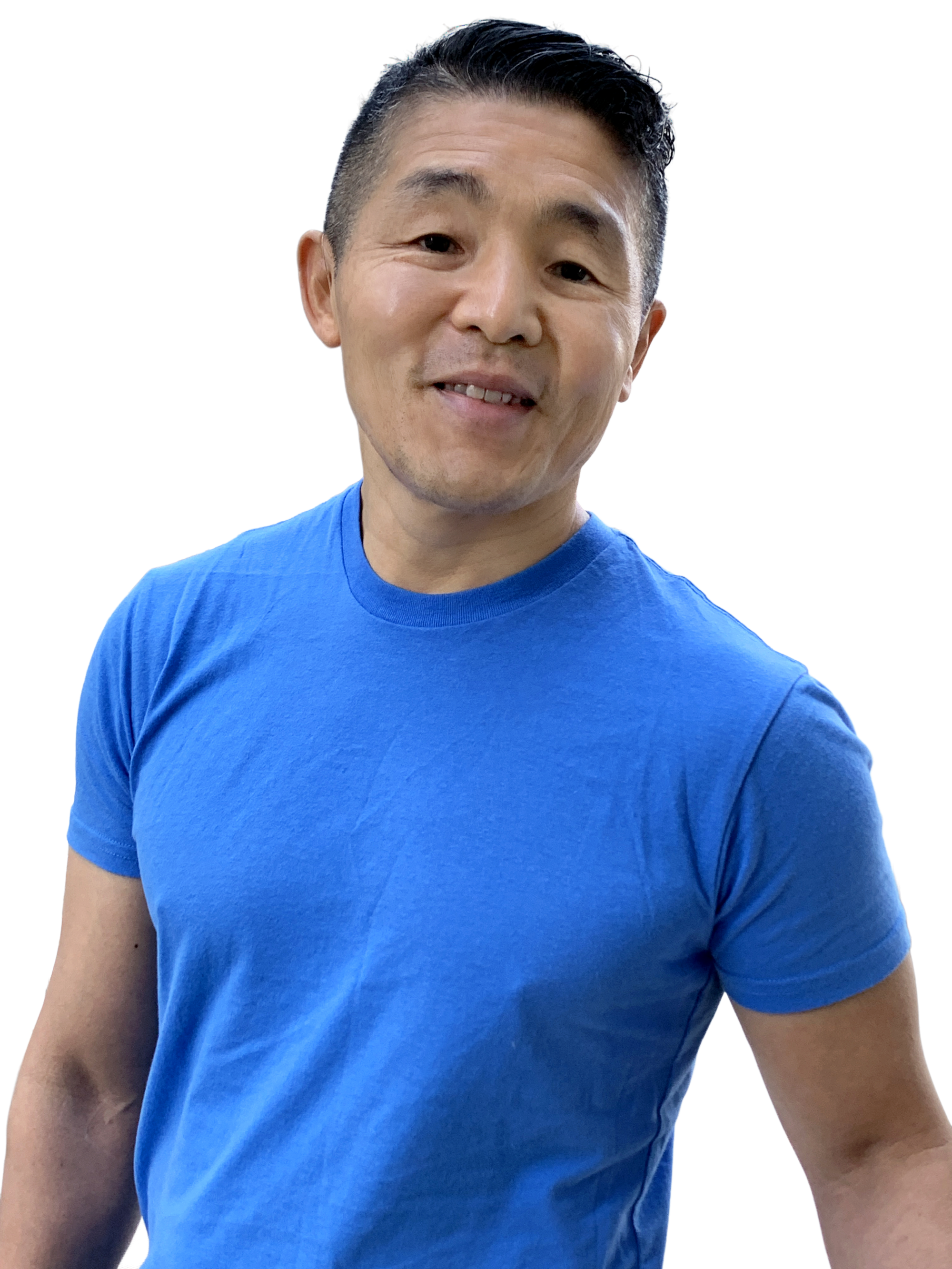

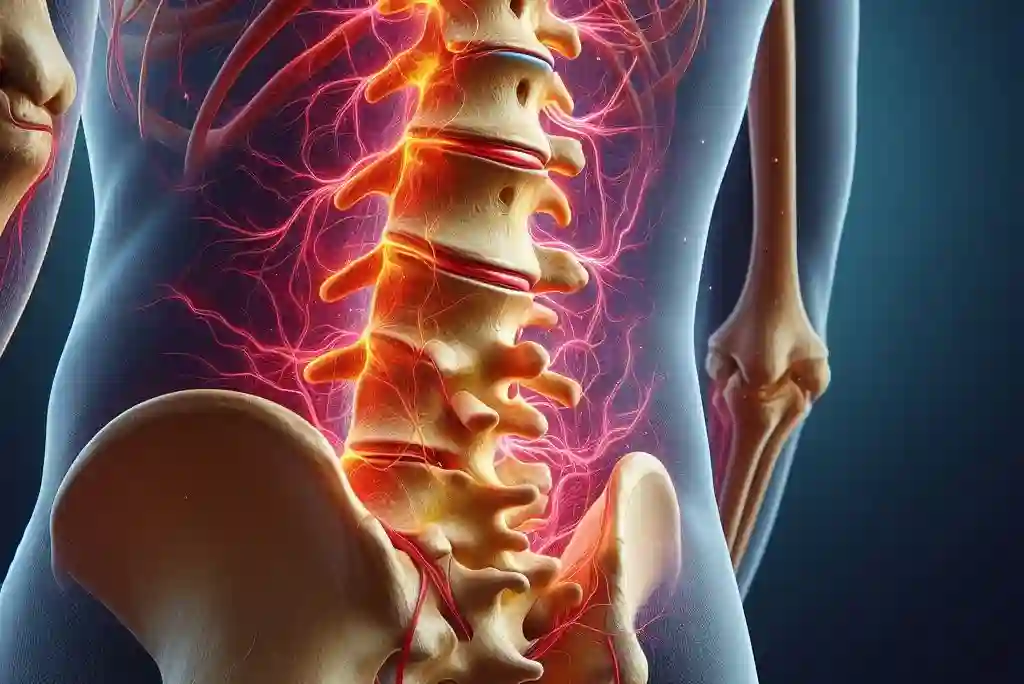


Wow these really worked. I especially enjoyed the double chin method of stretching. I had never thought to try that before.